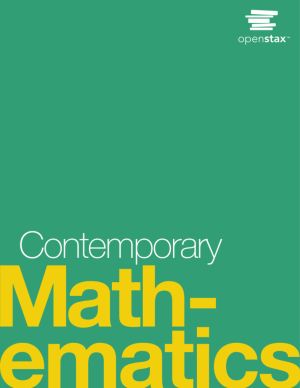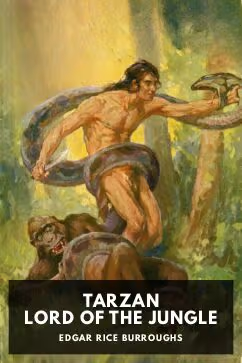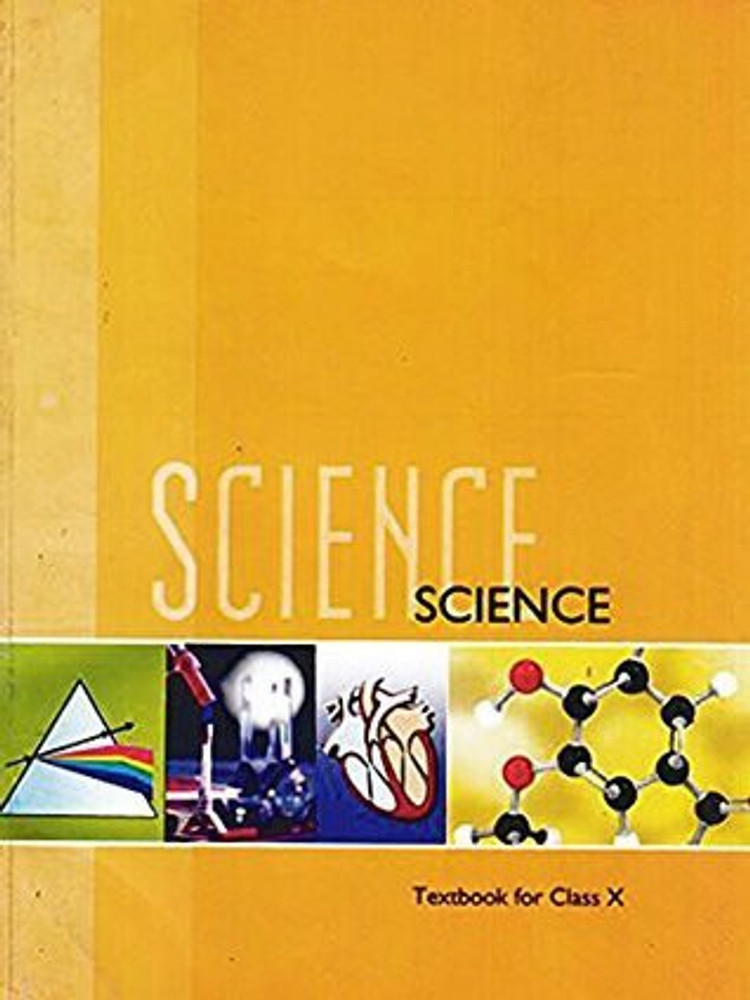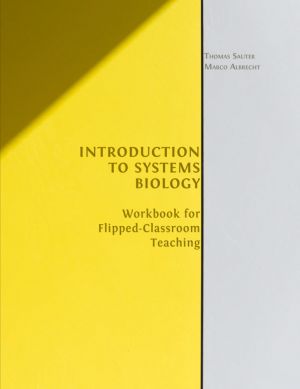Mars’ Moons Phobos and Deimos Could Be Asteroid Debris, New Study Reveals
New research proposes that Mars’ moons, Phobos and Deimos, could have originated from an asteroid torn apart by the planet’s gravity. Simulations show that this shredded asteroid could have formed a ring around Mars, eventually coalescing into the moons. The theory is being tested through the upcoming Mars Moons Exploration mission, which could confirm whether the moons share characteristics with Mars or an asteroid. These findings could also offer insights into moon formation around exoplanets.

Mars' two moons, Phobos and Deimos, could have originated from the debris of an asteroid torn apart by the planet's gravity, according to recent simulations. Research published in Icarus suggests this scenario could explain the unique features of these moons, which differ significantly from typical spherical moons seen in the solar system. The potato-like shapes and circular equatorial orbits of these moons have long puzzled scientists, prompting new theories on their formation.
Theories Behind Phobos and Deimos' Origins
Two primary theories have dominated the discussion on how these moons formed. One posits that they are asteroids captured by Mars' gravitational pull. However, this hypothesis fails to account for their stable, near-circular orbits. The second theory suggests that Phobos and Deimos may have formed from debris after a massive collision involving Mars. Jacob Kegerreis, a planetary scientist at NASA's Ames Research Center, believes a hybrid scenario could provide a plausible answer.
Kegerreis and his team propose that an asteroid may have been captured by Mars' gravity but was then torn apart, creating a ring of debris. Over time, this material could have coalesced to form the moons, inheriting the circular orbits observed today.
Simulations Offer New Insights
Hundreds of supercomputer simulations were conducted to test the hypothesis. By varying the asteroid's size, speed, and spin, researchers observed that rings of debris consistently formed under certain conditions. Kegerreis explained that they saw material capable of forming a disk across different scenarios.
Upcoming Mission to Provide Answers
The Japan Aerospace Exploration Agency's Mars Moons Exploration mission, set for launch in 2026, aims to gather material from Phobos. This analysis could determine whether the moons share a composition with Mars, supporting the collision theory, or resemble asteroids with water-rich compounds, backing the shredded asteroid hypothesis.
Findings from this mission may shed light on Mars' moons and help understand moon formation around exoplanets, broadening our understanding of planetary systems.













)






























































